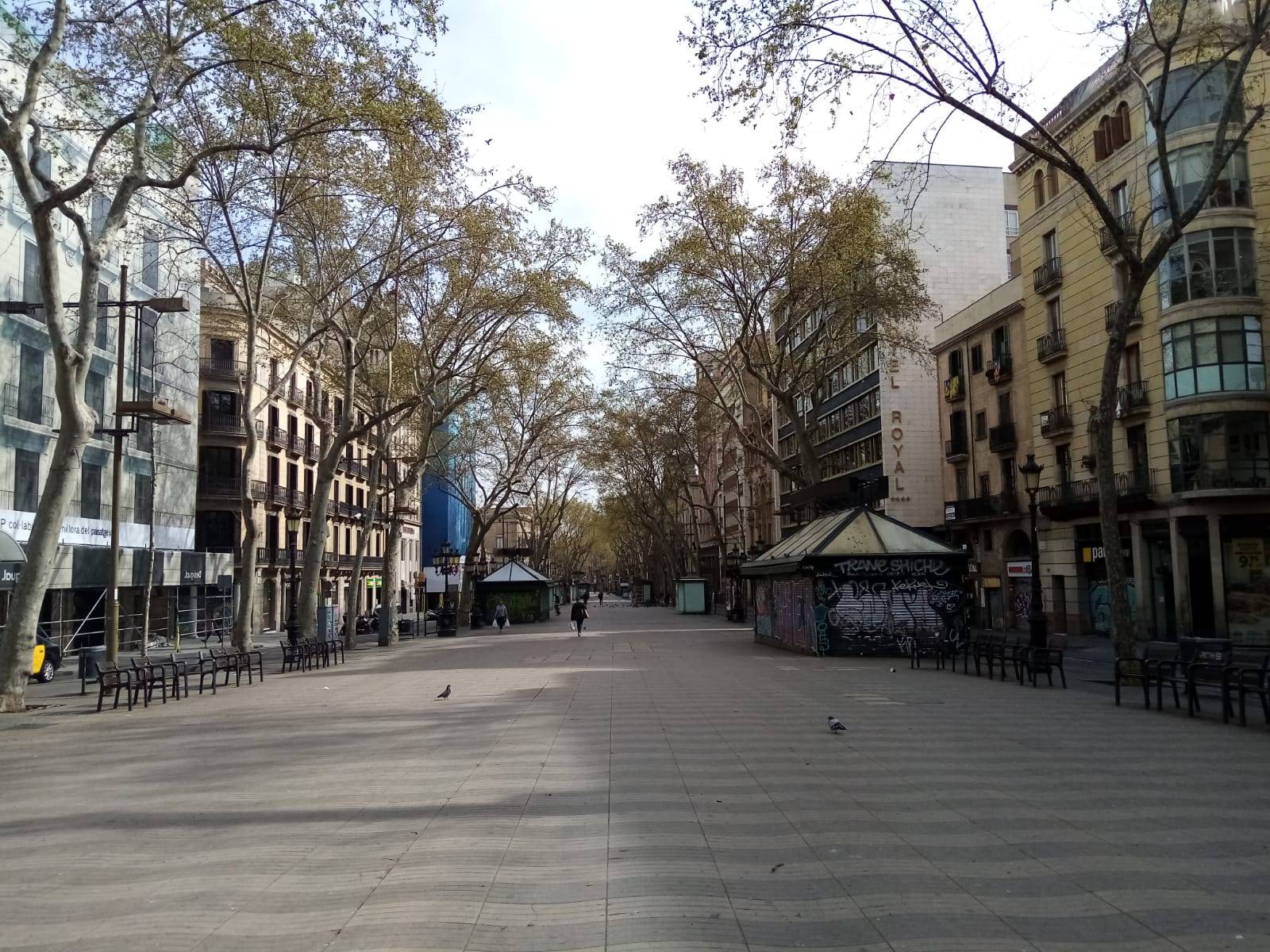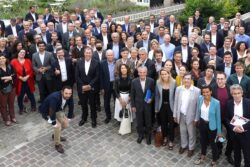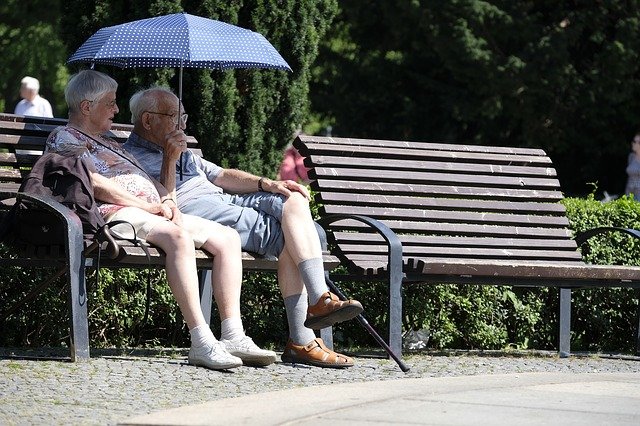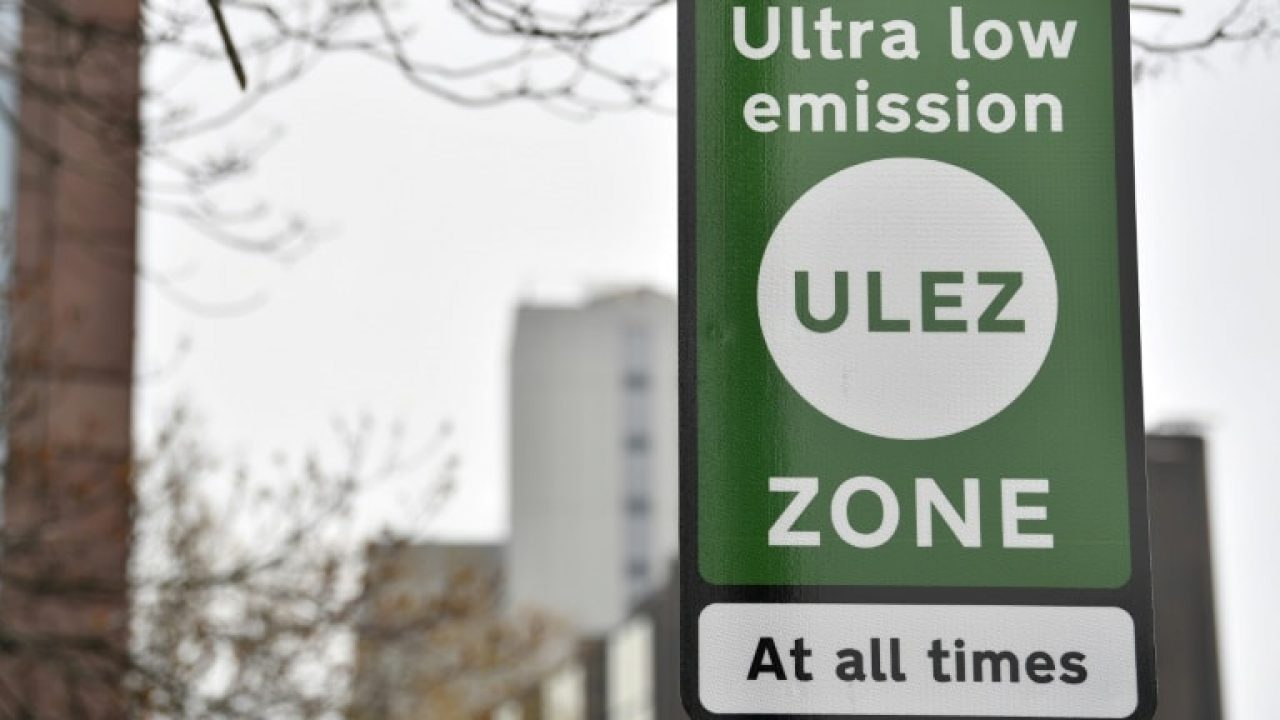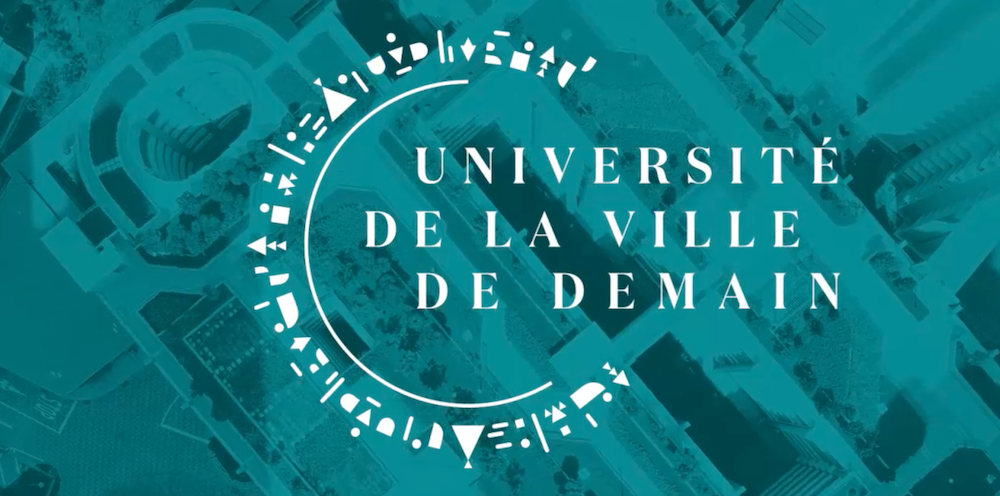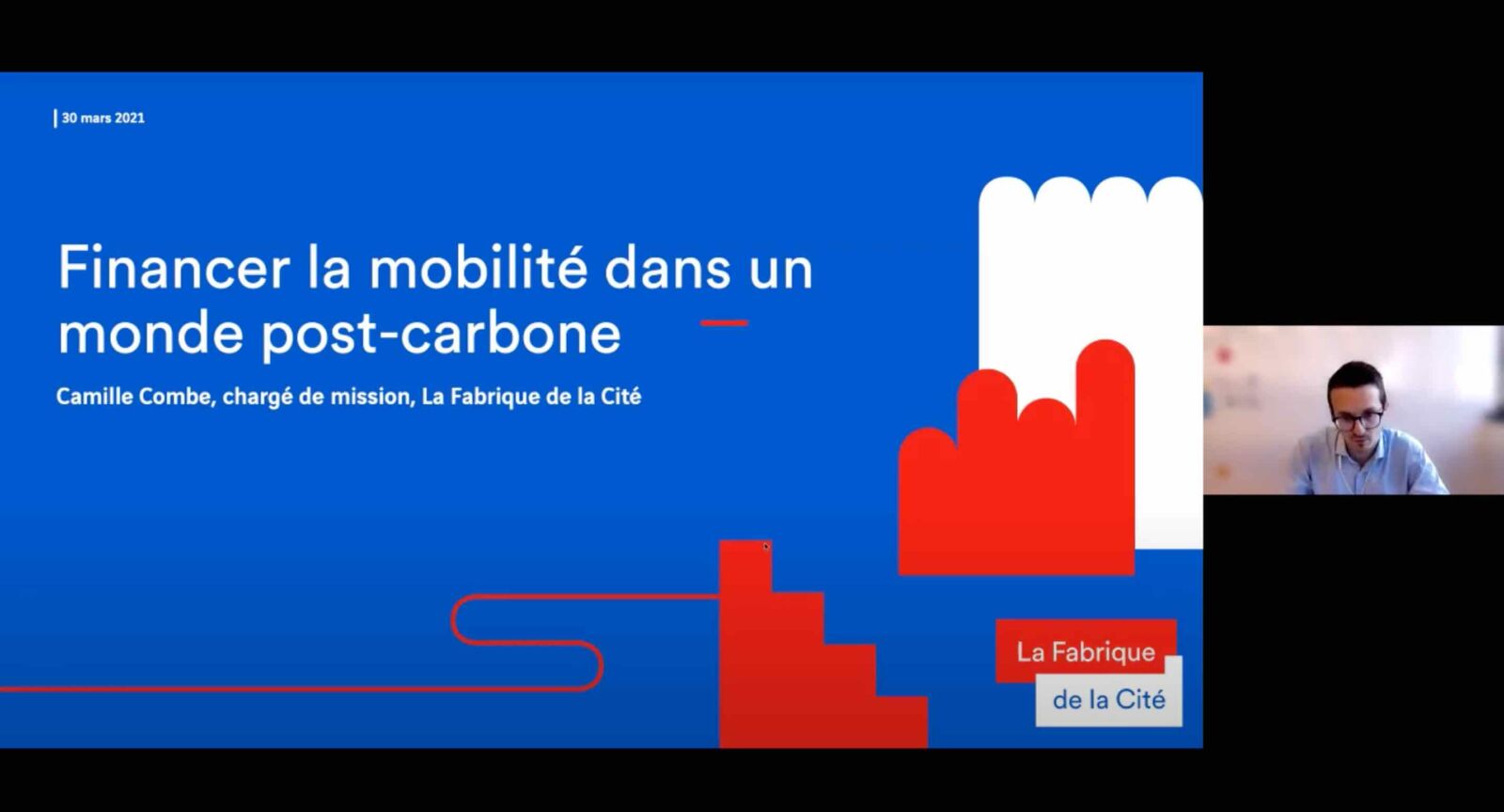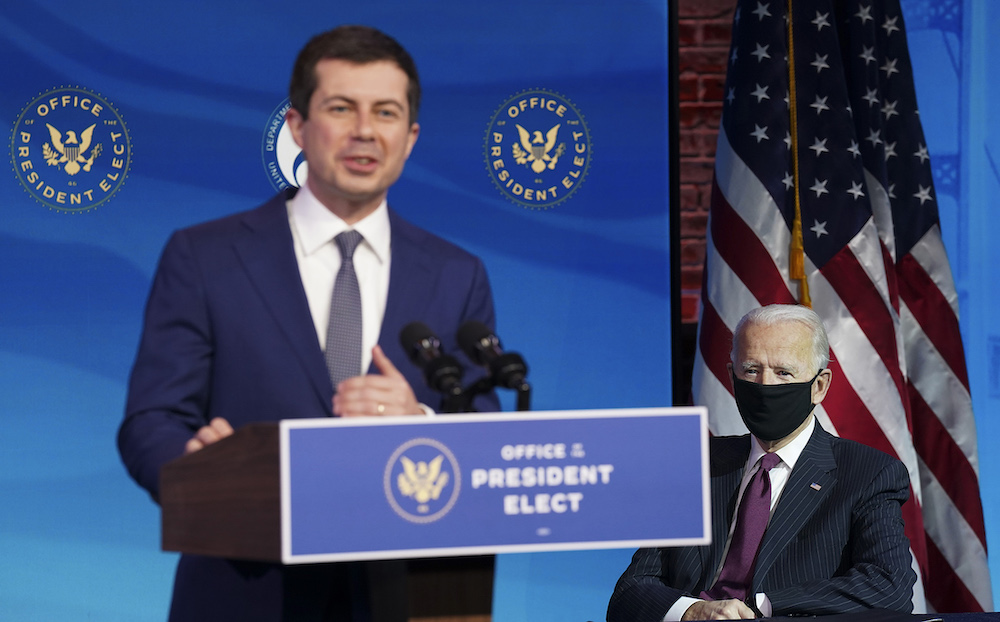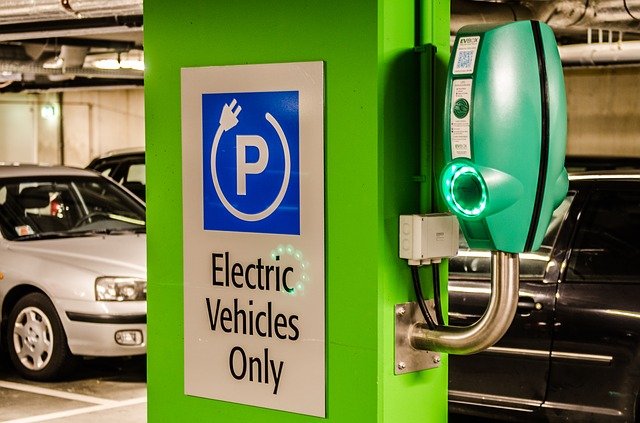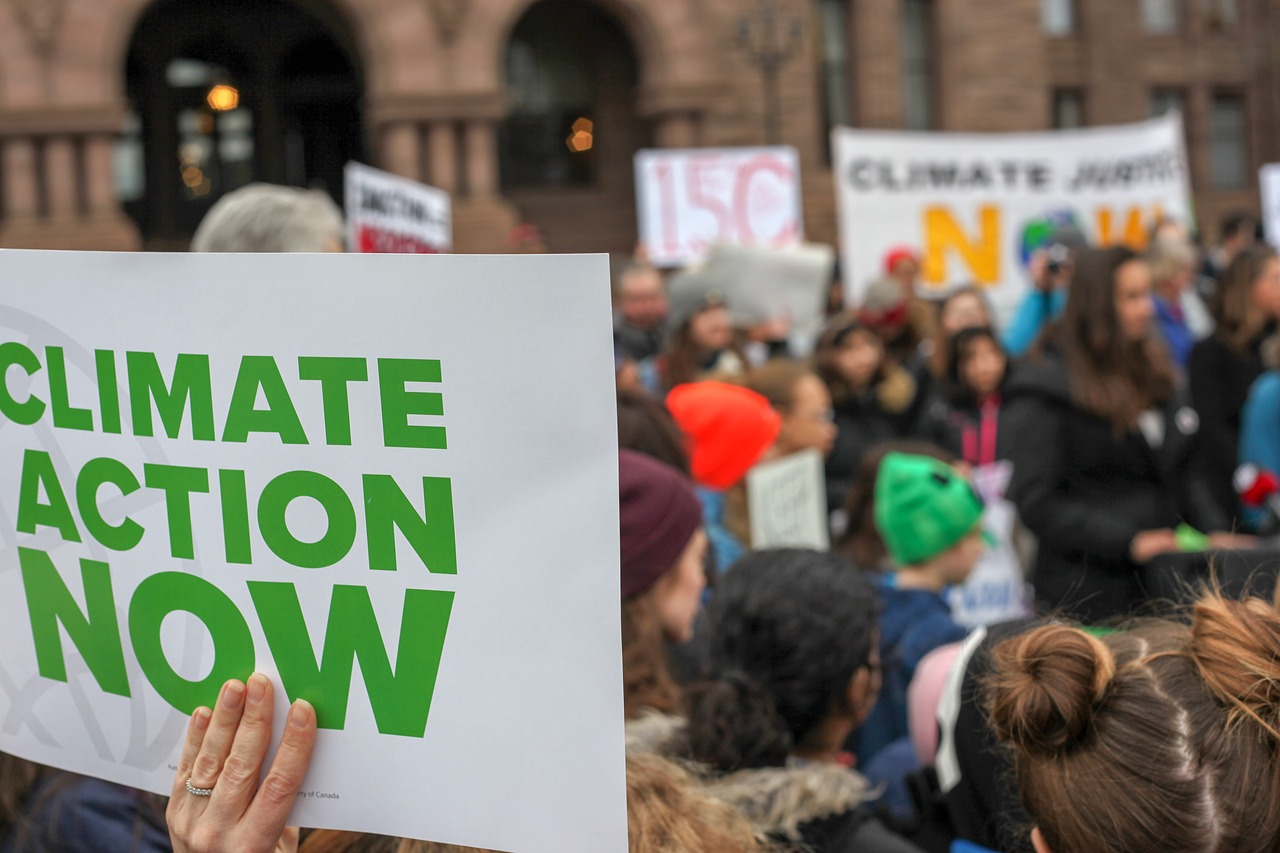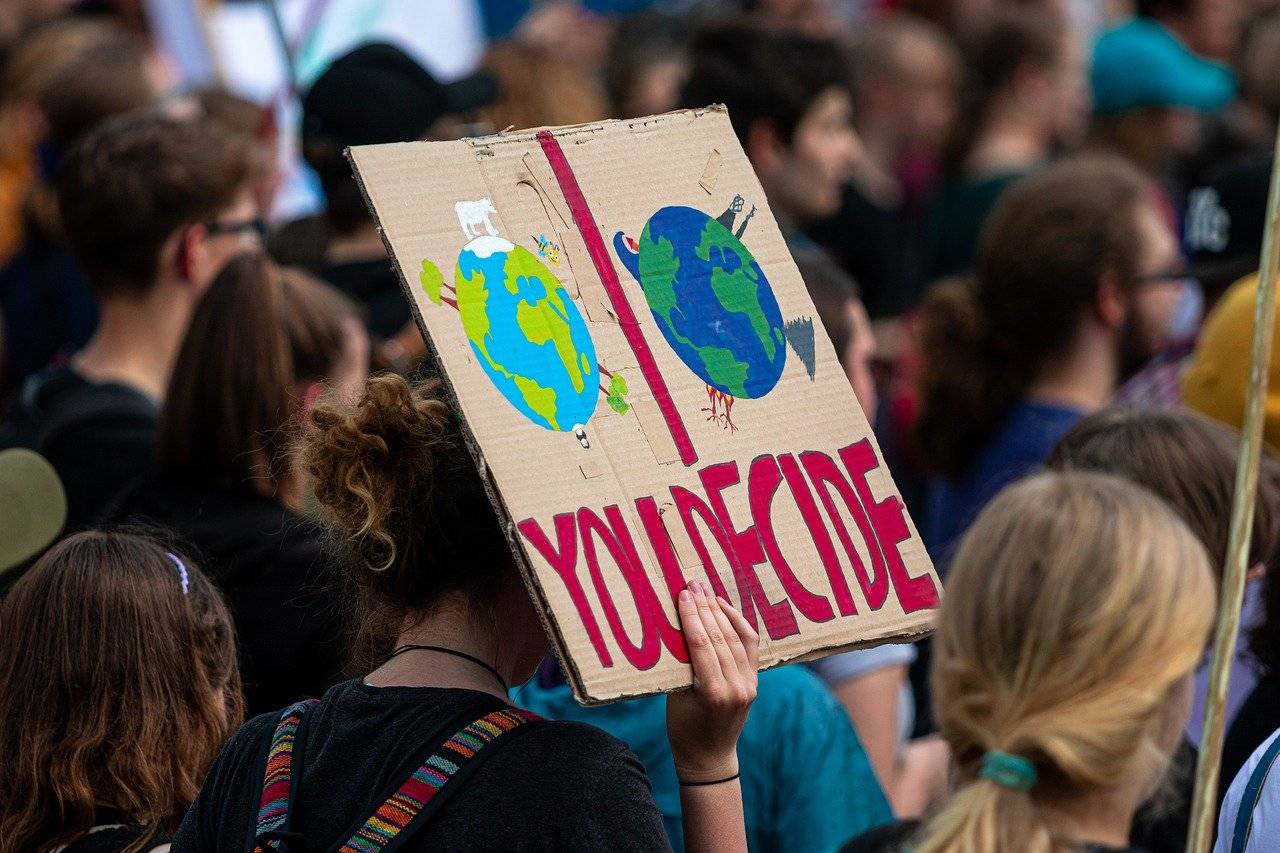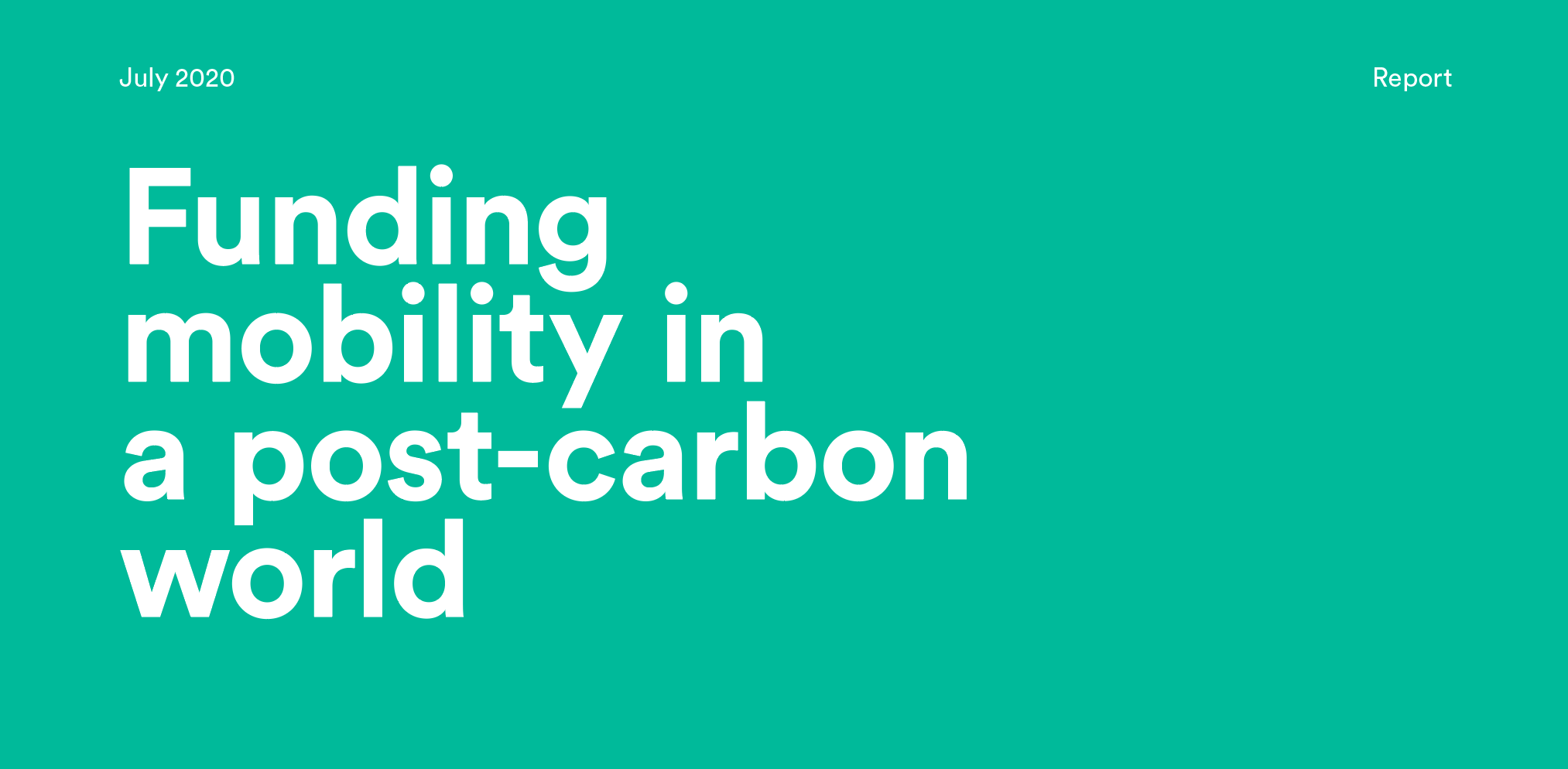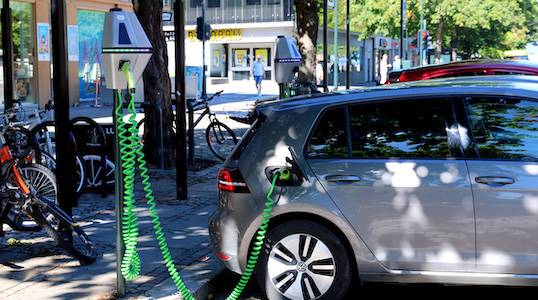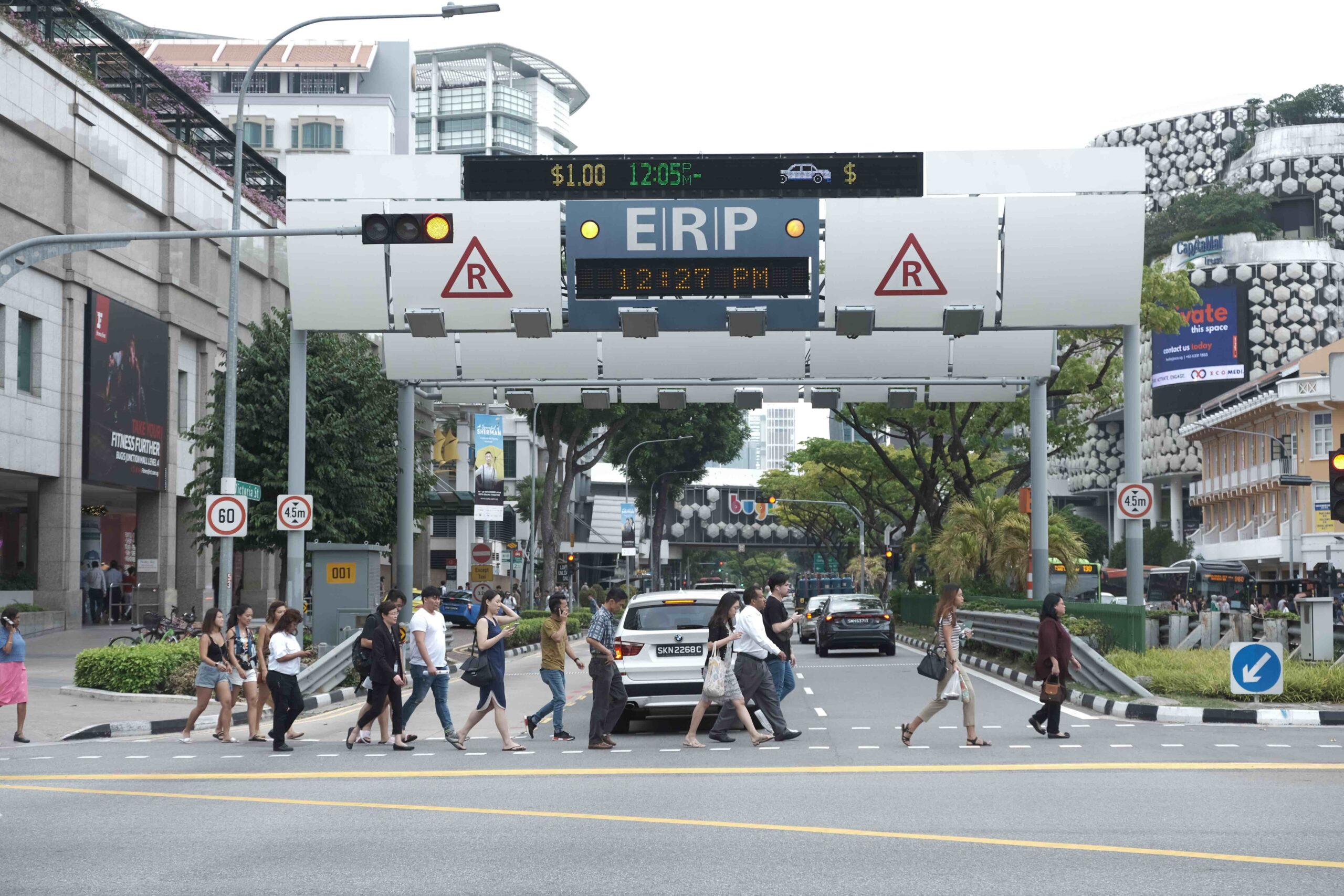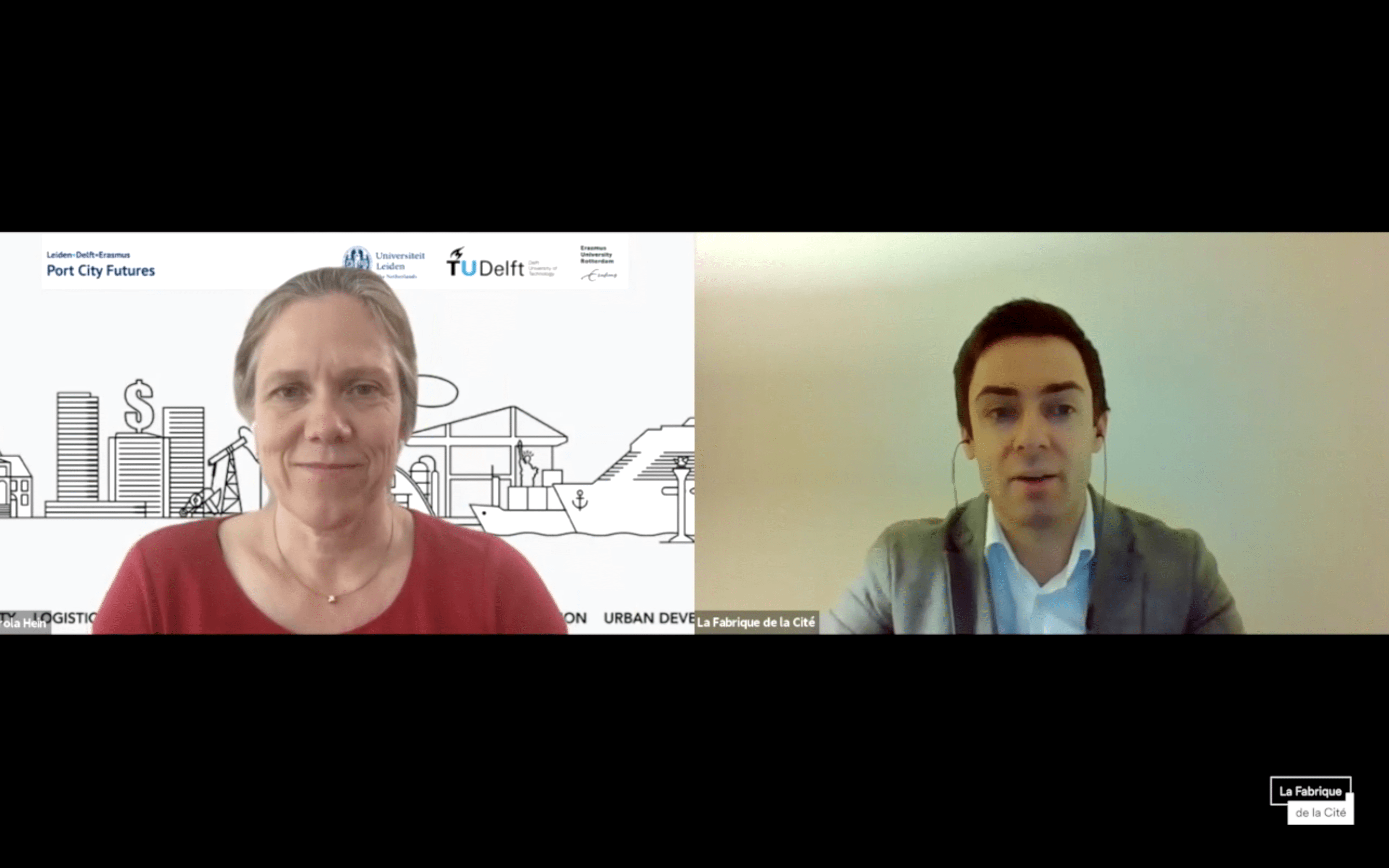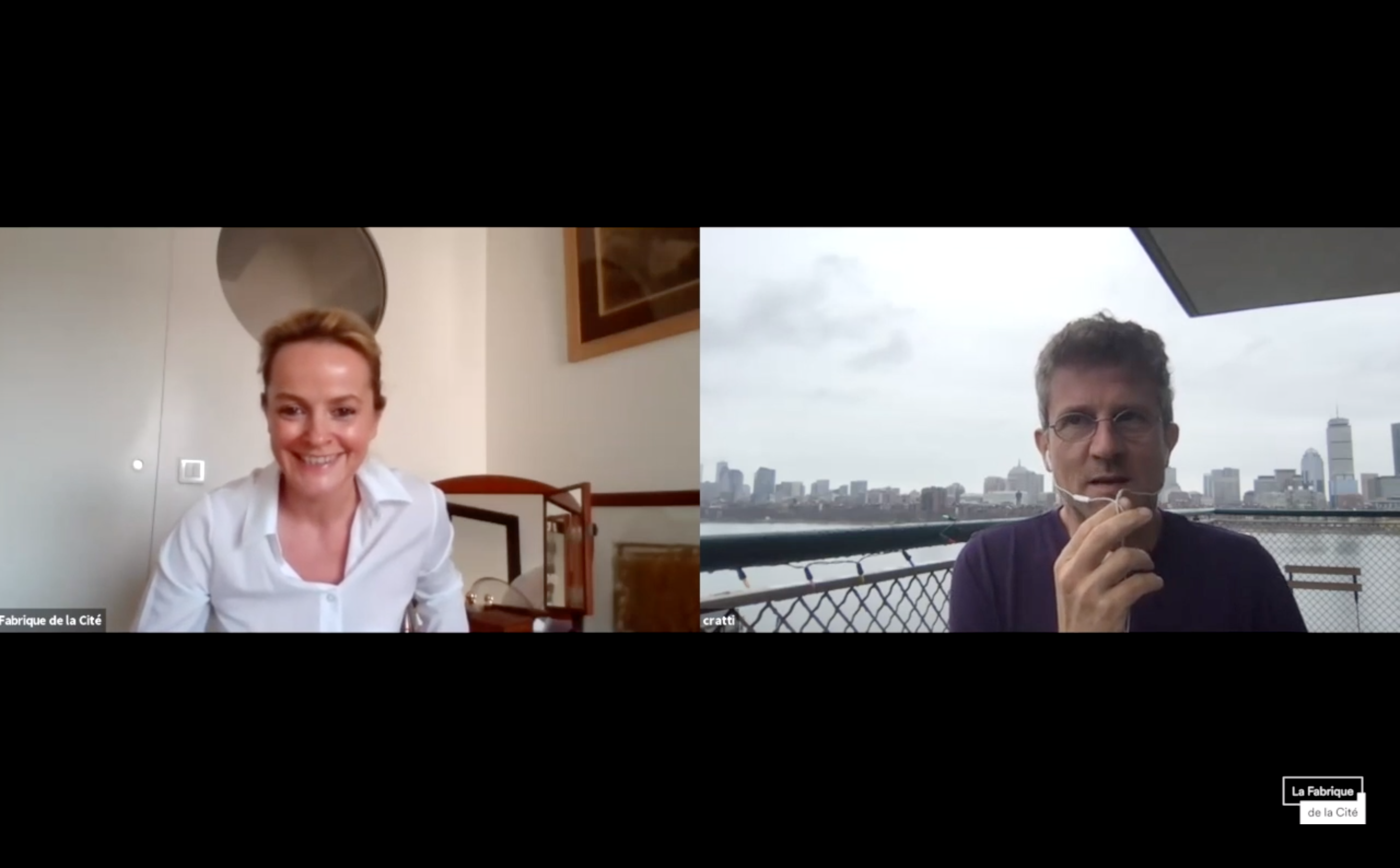

Lowering carbon intensity and initiating economic recovery
No more lockdown! Cities are coming alive again and the negative externalities associated with mobility are returning. Indeed, the presence, even reduced, of the virus continues to exert a strain on mobility and especially on public transportation. In the United States, some public transport networks, perceived as vectors of transmission, have seen their ridership drop by 80 to 90%. At the same time, the Center for Disease Control and Prevention, the U.S. federal agency responsible for public health protection, recently recommended that Americans avoid public transport and favor individual travel, particularly by car. Secondly, this strong rebound in car use has serious consequences that run counter to the objectives set for lowering carbon intensity in the mobility sector. In France, a recent study showed that Paris was the European capital where the resurgence in air pollution levels was the most abrupt. Voices are now being raised to ensure that this recovery – and at the same time this resurgence in mobility – has as low as possible in carbon intensity. The stakes are high since the lack of appropriate aid means that public transport, the backbone of urban mobility, runs the risk of service discontinuity.
How can this be fixed? In France, in a recent letter, the Groupement des autorités responsables de transport (Group of Transportation Authorities) warned of the risk that some public transportation authorities may no longer be able to meet their contractual obligations to their delegated authorities. They could thus find themselves obliged to reduce the amount or even suspend payment of their lump-sum contribution, thereby bringing the public mobility service to a halt. To offset this risk, several rescue plans have been put forward by user associations, operators and public transportation authorities… without calling into question the mobility funding system and its limits.
There is a completely different atmosphere in Cincinnati, Ohio, where, in the midst of the epidemic crisis, a majority of citizens voted in favor of a 0.8% increase in VAT in Hamilton County and a 0.3% reduction in the Cincinnati municipality’s income tax (the main resource for funding mobility) to fund a major transport recovery plan designed before the epidemic crisis. Starting in January 2021, this transformation of the mobility funding system will provide the public transportation authority of Hamilton County (817,000 inhabitants and 1,070 km²-wide area) with additional $130 million annually to fund public transport (75%) and road infrastructure (25%). This transformation also means that the issue of funding mobility on a larger scale than that of the municipality will now be considered at the county level, an area that is four times larger.
While the crisis in mobility funding is not new, the Covid-19 epidemic has amplified its effects. Moreover, this crisis has not erased the issues related to lowering mobilities’ carbon intensity, quite the contrary: the proven risk of a predominantly automobile recovery could potentially wipe out several decades of efforts to develop public transportation and active modes. These two strategies show the varying ambitions of territories in terms of mobility and carbon emissions. Lowering these emissions in the mobility sector will require additional efforts, particularly in terms of funding, since it is necessary to deploy low-carbon transportation offers, particularly in urban areas where mobility is predominantly car-based. The efforts made by cities and public authorities indicate their ambitions to bring about a funding model compatible with the injunctions for lowering the carbon intensity of mobilities. The issue of decarbonation undoubtedly deserves more than just patches.
No time to read? La Fabrique de la Cité has got you covered. Check our newsletter #34.
To be informed of our upcoming publications, please subscribe to our newsletter and follow our Twitter and LinkedIn accounts.
These other publications may also be of interest to you:

Oslo : reimagining the City for a Carbon-Free Future

Lisbon beyond the Tagus
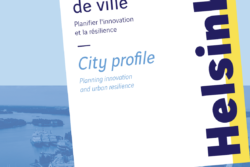
Helsinki : Planning innovation and urban resilience

A warm tomorrow

Death and life of CBD
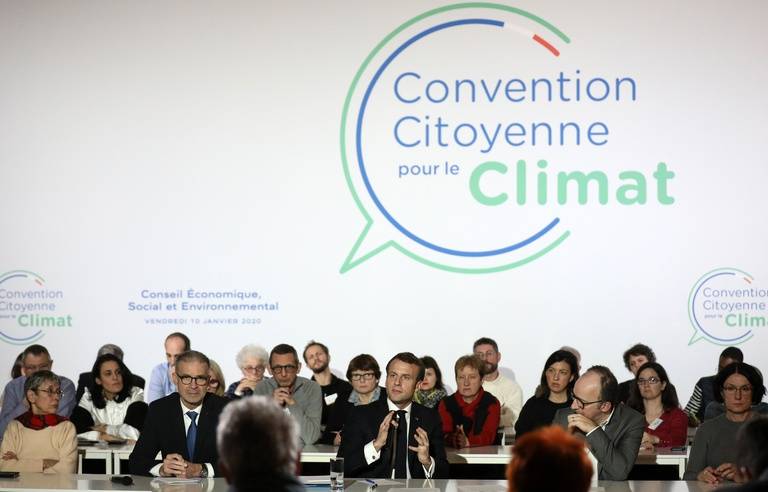
Is resilience useful?

Long live urban density!
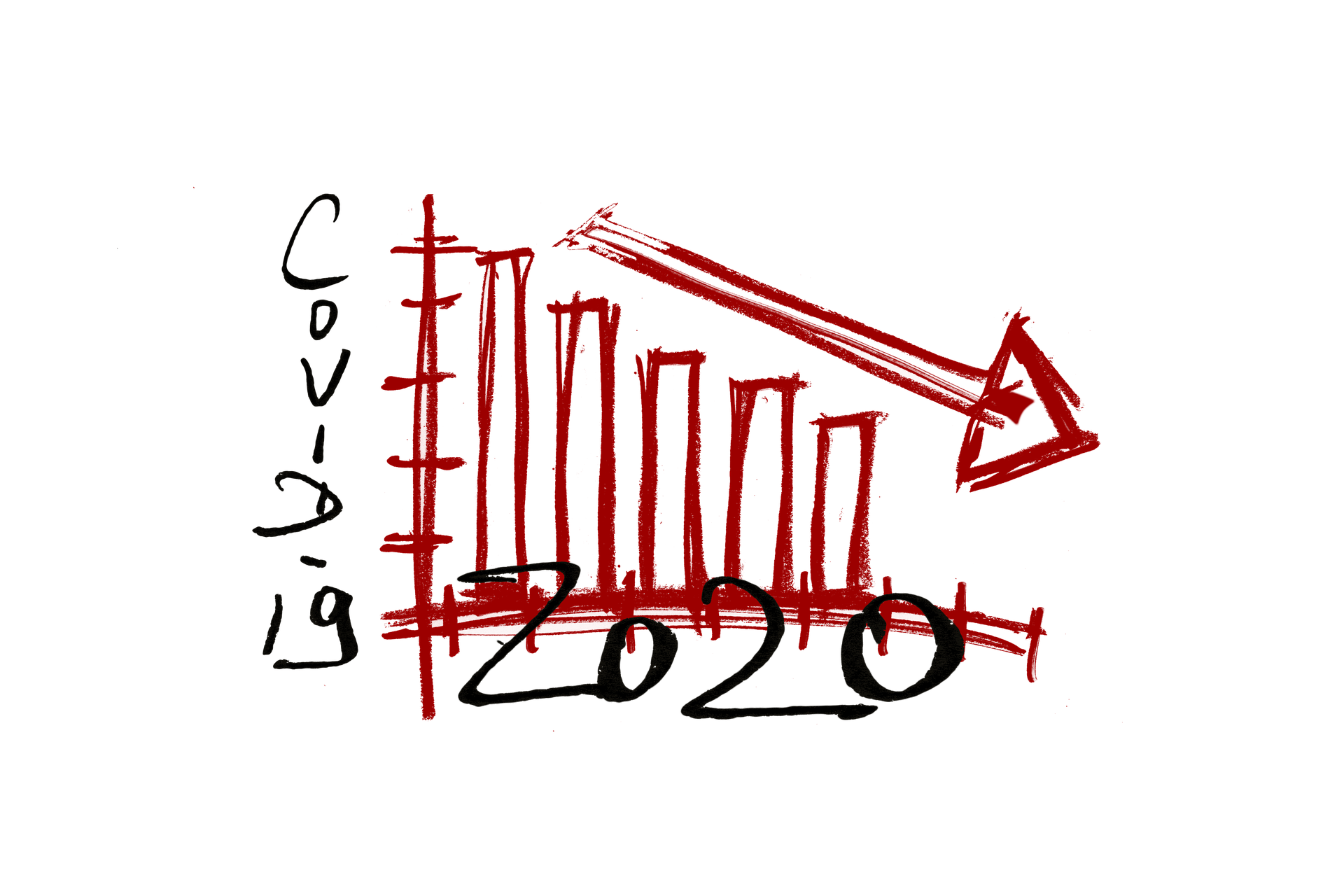
Behind the words: Recovery

Sending out an SOS
The ideal culprit
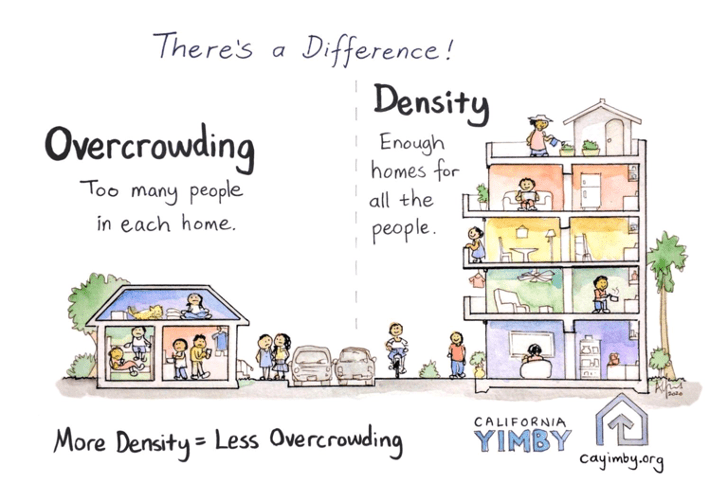
Behind the words: density

Behind the words: telecommuting

Behind the words: urban congestion

Behind the words: food security
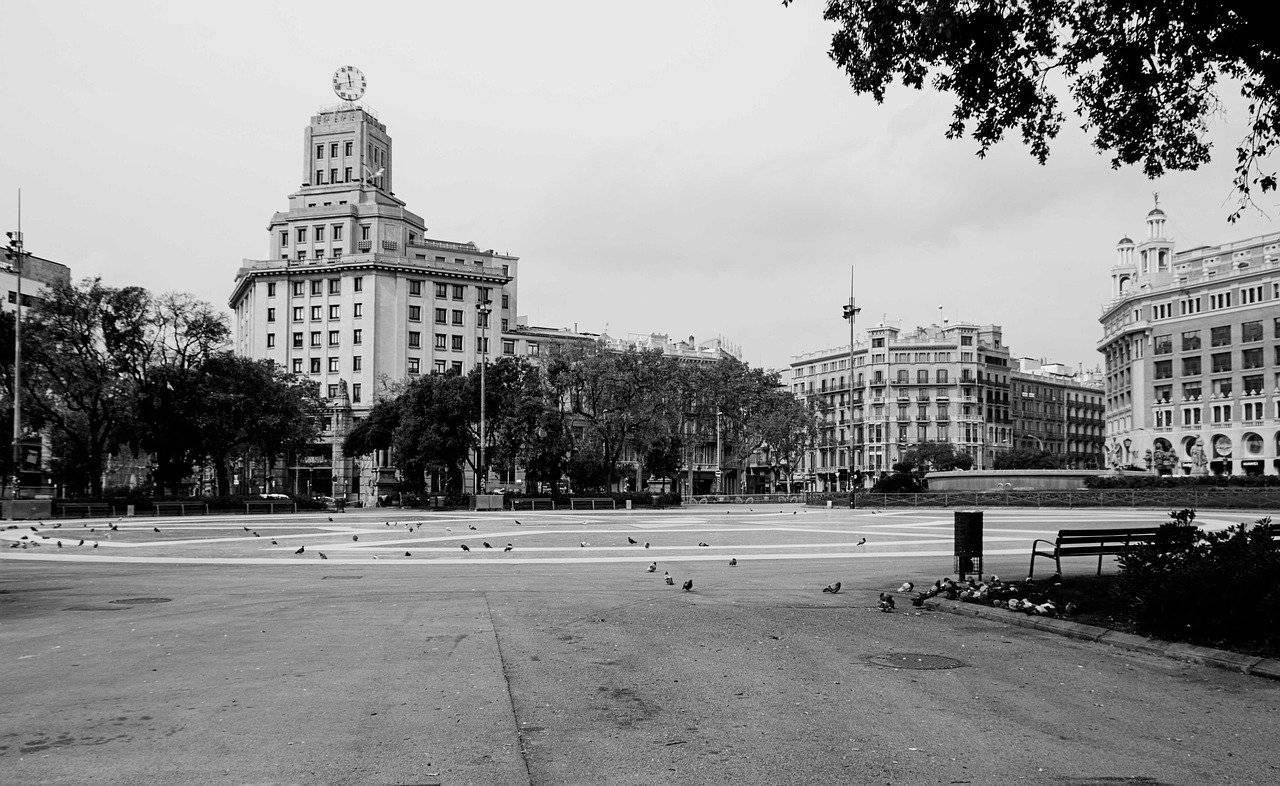
180° Turn

Cities in safe boot mode
La Fabrique de la Cité
La Fabrique de la Cité is a think tank dedicated to urban foresight, created by the VINCI group, its sponsor, in 2010. La Fabrique de la Cité acts as a forum where urban stakeholders, whether French or international, collaborate to bring forth new ways of building and rebuilding cities.















